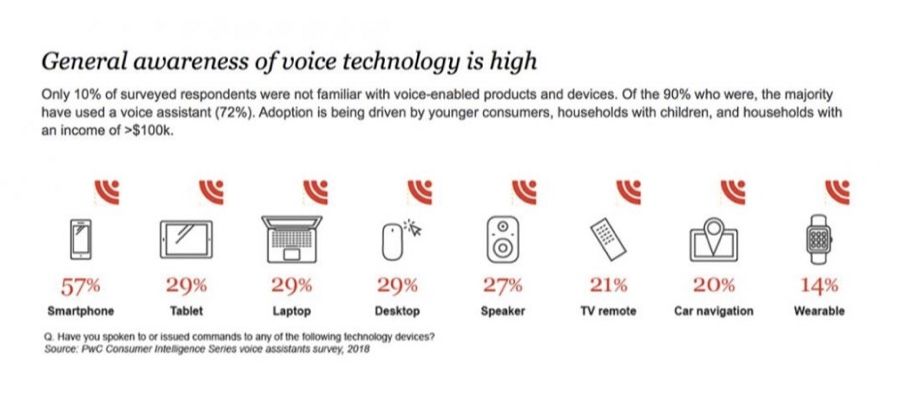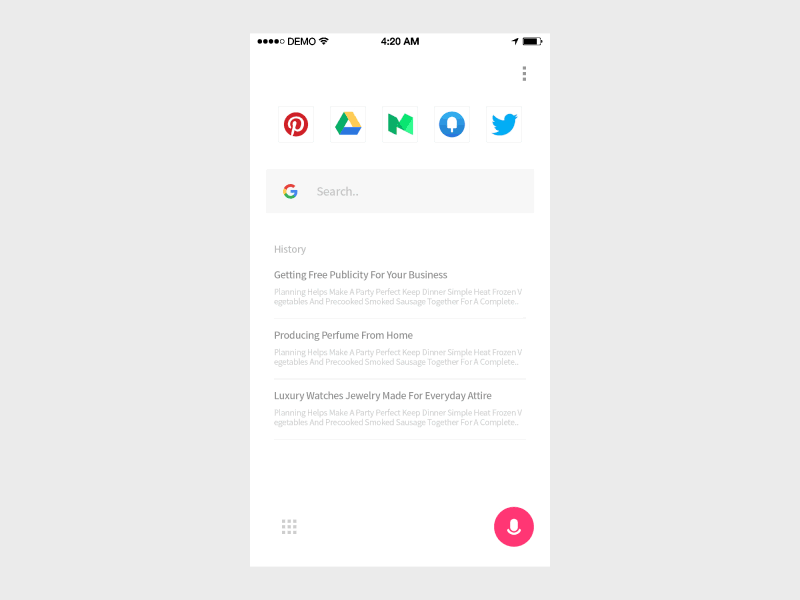What started off an in-trend is soon becoming one of the only ways users would look for information on the internet. The reformative trend (and now a must-have mode of interaction) we are talking about is voice search.
There are plenty of statistics surrounding the growing importance of shifting online businesses to a more voice-friendly setup. While we will delve into them in a few short minutes, our intent here today is to help you understand the ways how you can make your website voice search-friendly.
In this article, we will be looking into the multiple ways a website owner can ensure that their site is voice-search friendly and that every query around their sector takes users to their business website.
Let us, as promised, peek into the rising popularity of voice search first, giving you insights as to how voice-based systems are no more a trend but indeed a necessity.
Statistics Around Voice Search
- There are approximately 111.8 million people in the US who use voice search features.
- According to a PWC 2018 report, the number of consumers preferring voice search instead of typing was 71% – a number that has grown in the last three years to a great extent.
- ComScore found that 51% of the online shoppers in the US use voice assistance for researching products.
- More than one-quarter of the online population are using the voice search functionality on their smartphones.
- The top-most use cases of voice assistants are: playing music (74%), checking the weather (66%), and setting reminders (58%).
These statistics are a sign that voice search is here to stay and grow bigger in the time to come. For a business, every delayed minute would mean losing out on prospective revenue and sales opportunities.

Let’s change that.
Let us look into the many ways you can optimize your website for users who rely on voice search.
How to Optimize Your Website for Voice Search?
1. Understand device and customer behaviour
It is time for marketers to think like voice search algorithms. They should use location, data, and consumer intent to get an understanding of the search context. Using real-time research, businesses can gain knowledge of how people use voice search and on which voice-enable device.
This information, in turn, can help with defining the website structure and the overall tonality.
2. Concentrate on conversational keywords
Although it is too far-fetched to ever imagine that short tail keywords will ever lose their importance, the trend suggests that the industry has started giving almost equal importance to long-tail keywords.
The long-tail keywords are a lot more conversation-based in nature. You can think of them as words someone would use when asking about your business in a face-to-face conversation. It has become crucial for marketers to relook at their SEO practices and ensure that long tail search queries are a part of it.
3. Build persona centric content
Context, brevity, and relevance are necessary when optimizing for voice-based search. You should pay attention to both – building detailed answers for common questions and answering questions with concise and clarity. The reason behind this being that contextual messaging is being counted as one of the killer digital marketing trends of 2021.
There are a number of ways you can achieve this, but the ones that our team of website developers trusts most are:
- Creating a content structure where headlines are made of common questions
- After the headline, a concise answer should be given
- The rest of the page should offer elaborative details on the topic.

4. Offer context through schema markup
It’s time to brush up on your knowledge about schema markup.
Marketers should use schema for marking up content and telling the search engines what the website is about. The facility helps the search engine understand the context of your website helping you to rank better in the SERPs and get shown in relevant queries made via voice search.
5. Create FAQ pages
Voice searches typically begin with Who, What, Where, When, and How. And the expectation is always to get a quick response.
As a website owner, this means creating a FAQ page with questions starting with these adverbs. The answers, in turn, should be highly conversational in nature.
The task doesn’t end here though. Besides providing a real-time, crisp response to the website visitors or prospective buyers/clients, you should also ensure that the website is high on the performance metric. It should include schemas, have easy navigation, the information structure should be easy to find, and the page load speed should be ultra-fast.
6. Think and go local
One of the most common reasons users make use of voice search is to find businesses or information surrounding their locality. This means that voice search can be a great boon for local businesses to expand their sales channels and revenue count.
All you need to do is make a Google My Business presence and rank well on all the ‘near me’ search queries surrounding your sector and brand.
7. Focus on mobile
For the past several years, all the major Google announcements have been surrounding mobile. Be it having a high-performing mobile website or ensuring that the mobile presence is hack-proof, Google is taking a lot of measures to ensure that the needs of Gen-Z and millennials – a mobile-first age base – are met.
Here are some ways you can ensure that your website is mobile-friendly (if not mobile-first).
- Create a complete mobile-responsive website
- Launch a mobile-friendliness test for your business website and then optimize according to the results.
- Make your website crawlable ensuring full visibility and exposure of your content.
- Structure content according to the reading style of smartphone users. Tip: When drafting content, always assume that the readers only have 1 minute of time to spare.
Conclusion
Voice search optimization has become a necessary measure to survival in a digital space. We cannot emphasize its importance enough. The good news is that there are still a number of brands, across sectors, that are slow to adopt the change. Meaning, entrepreneurs have the opportunity to make the move and gain a competitive advantage over their competitors.
We are sure that the sooner you start, the more long-term would be the revenue and business benefits of your efforts.










Leave a Comment
Your email address will not be published. Required fields are marked *